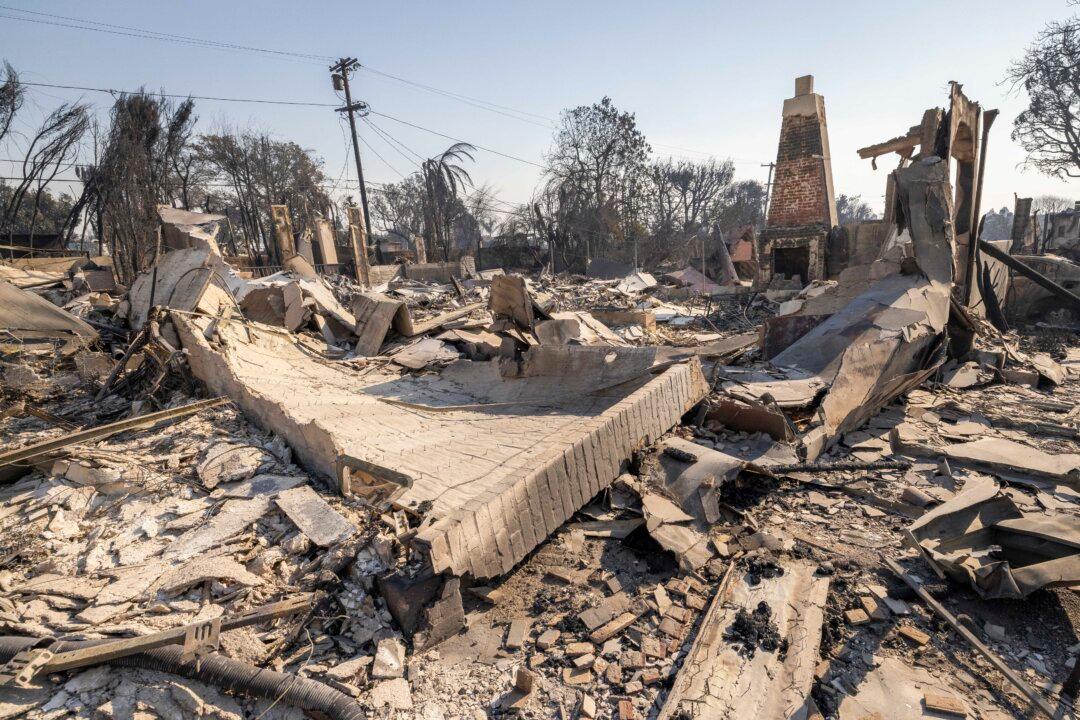As Californians already face significant challenges finding home insurance, the fires ravaging Los Angeles County could make it even more difficult and costly to insure properties in the future.
Deadly fires erupted beginning on Jan. 7, causing at least 11 deaths, leading to the ongoing ordered evacuation at one point of more than 180,000 people, with another 200,000 warned to get ready for possible evacuation.





